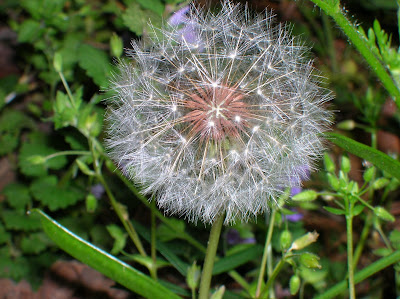Part 4: Whiteclay
... a tiny unincorporated town given to alcoholism and to poverty, to crime and tragedy and filth. This is where we spent the majority of our time during our trip, in a tiny Nebraska border town with a population of about 20. The southern gate to the Pine Ridge Indian Reservation of South Dakota, only yards away from the state line.
What is the significance of this town? I did not realize much until I returned home and began doing some research on my own. But this is the town where 555 Whiteclay, the ministry that we worked with under Bruce Bonfleur, is located. I have mentioned this before, but there is not much beauty in Whiteclay. You drive up state highway 87 until you think you are almost in South Dakota... then you pass by four liquor stores, two convenience groceries, and 555 Whiteclay. Half a mile later, you are on the reservation. 
The sides of the road are littered with broken glass and all manner of trash. Even the grass along the highway is sparse and brown along this small stretch of road. You can see a couple of houses as you pass through--I do not know if they are inhabited, but with broken windows and rotting siding, they appear as if they should be condemned and bulldozed to the ground.
Why does a town of 20 people need four liquor stores? Well, Pine Ridge is a dry reservation, but its people have been known for alcohol abuse. The location of Whiteclay, just inside the state of Nebraska and outside the reservation, makes it a prime location to sell liquor to the people on the reservation. I don't know what current statistics are, but in 2003 the four stores were selling a cumulative 11,000 cans of beer a day to Indians on the reservation--about $4.5 million dollars' worth of beer. The reservation is home to about 15,000 Lakota... These are staggering numbers to me. In talking with Bruce and some of the Lakota in town, I got the sense that these people truly hate the hold that alcohol has over some of their own--but what are they to do? They feel hopeless, and I have to admit that when I was there I experienced moments of hopelessness myself. I had to remind myself that God loves these people so much, and aches for them... and that God is a refuge and strength, and an ever-present help in trouble. I believe He will fight for these people, as more and more begin calling out to Him on their behalf.
Alcoholism was never part of His purpose for them, but it ensnares so many. I had the opportunity to talk to several Lakota men, one of them in jail for a DUI sentence, and their words left such an impact on me because of their hopelessness. They do not love alcohol; they love their homes and their children and their people, and they long to change but see no way out of their situation. The man in jail said that he wanted to clean up, but he doesn't think he ever will. He says he is not strong enough. We were able to tell him that he isn't strong enough, but that God is. A Lakota woman who was with us, a woman who used to be an alcoholic but sobered up and surrendered her life to God, was able to share her story of hope with him. We were able to pray for him... and we are able to continue praying.
There is an old prophecy of the Lakota which states that the Black Hills would be taken, and for seven generations they would be without their sacred land. The people of the seventh generation are the ones who, according to prophecy, will rise up as leaders, and mend the sacred hoop which represents the continuity of the Lakota people. Then would the Black Hills be restored to the Lakota.
The Black Hills were taken from the Lakota nation in 1877. According to the way that the Lakota count their generations, today's generation is the seventh. Now is the time for people of strength and integrity to rise up from within the tribe, and restore the hope and the unity of their people. As we were there, I really sensed that God wants to move in a powerful way in Whiteclay and in Pine Ridge... and He is just waiting for people to cry out for it.
Despite all the trash and the barrenness of Whiteclay, the town does have one place where beauty is invited to exist--the Green Tipi Gardens, a tract of land held by the ministry and given back to God. There will be vegetable gardens, and flower gardens, and running water... it will be a place of serenity. We were fortunate enough to help start that, and I know that God will develop it into a place where He can dwell, at the southern gate to the reservation. May it help bring the light of hope and truth to the Lakota people, and may this generation rise up and overcome for their people, and begin to lead them to a better existence. May the Lakota become who they were intended to be!















